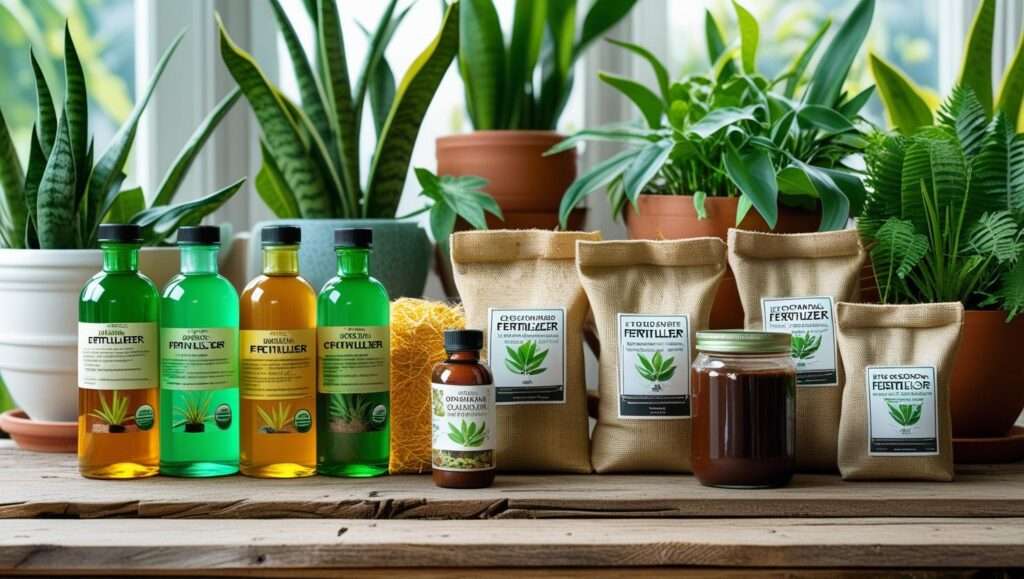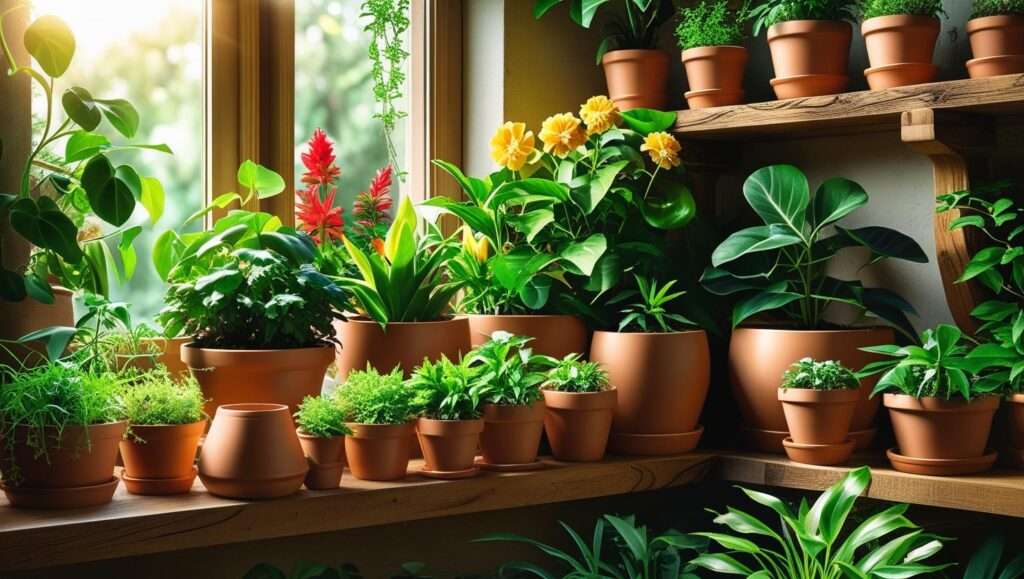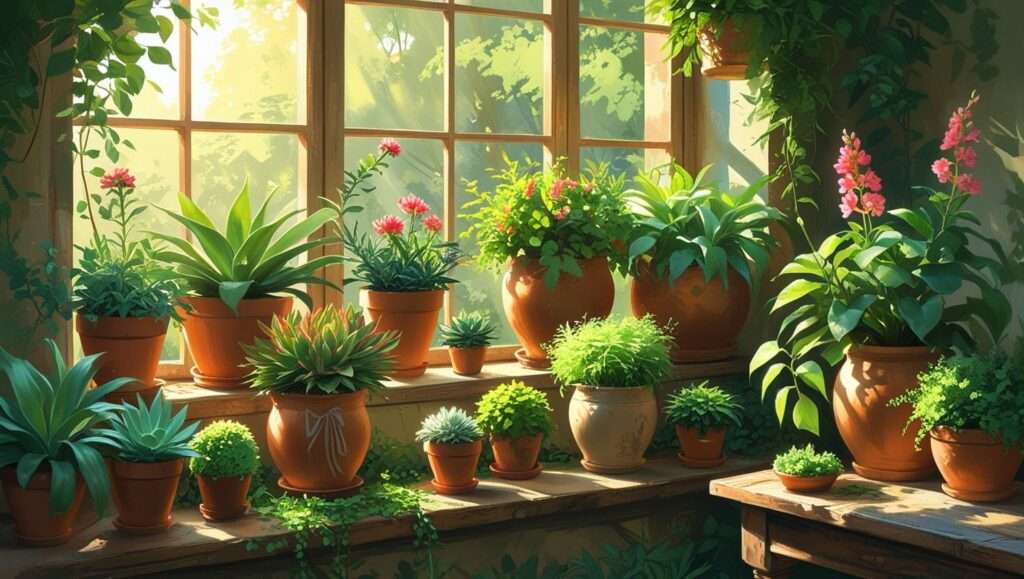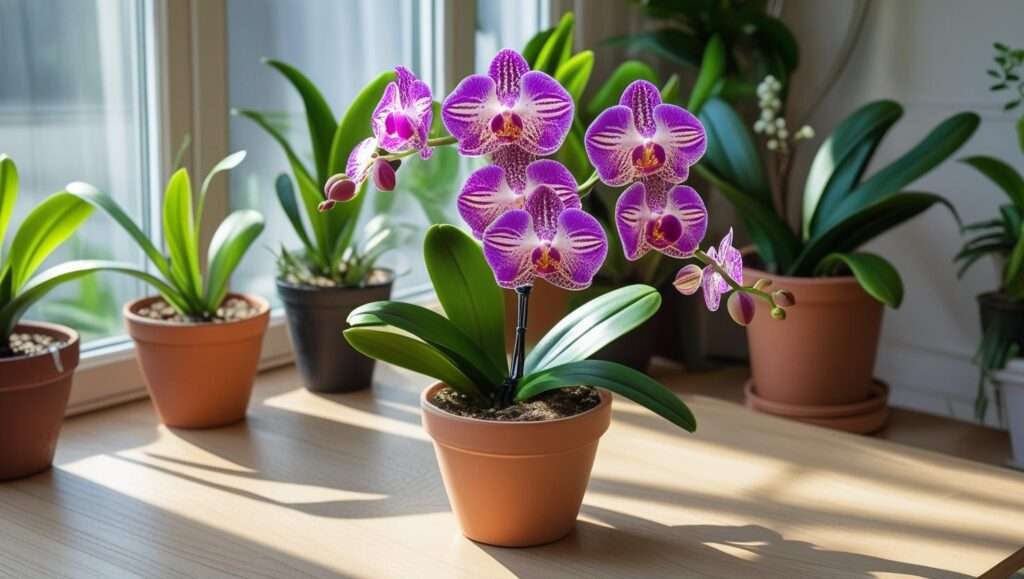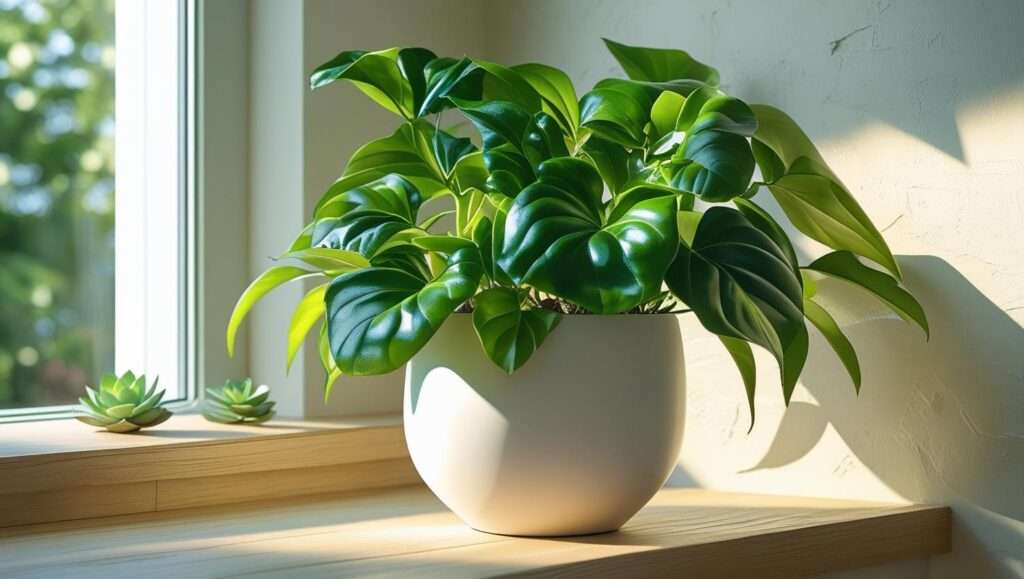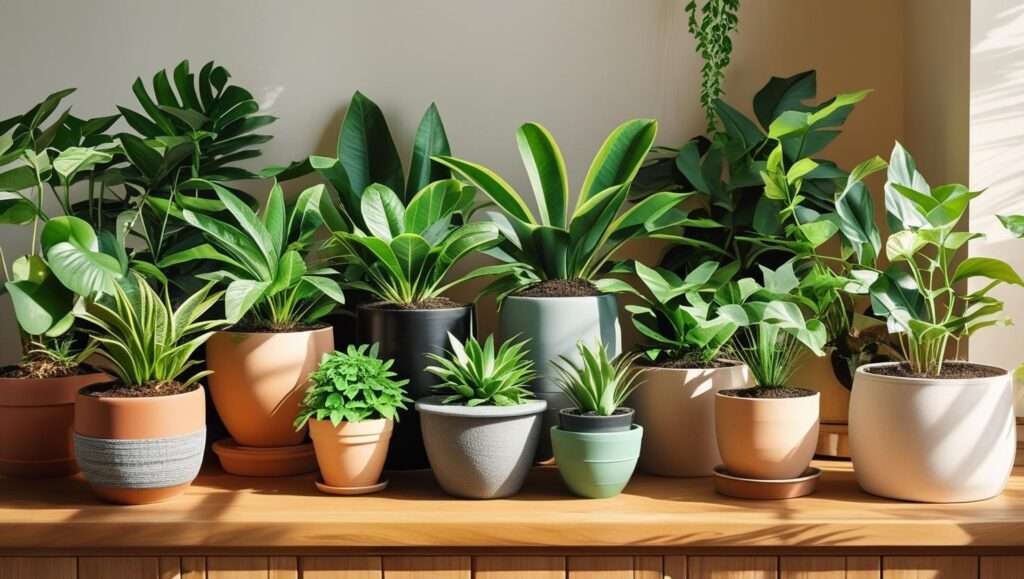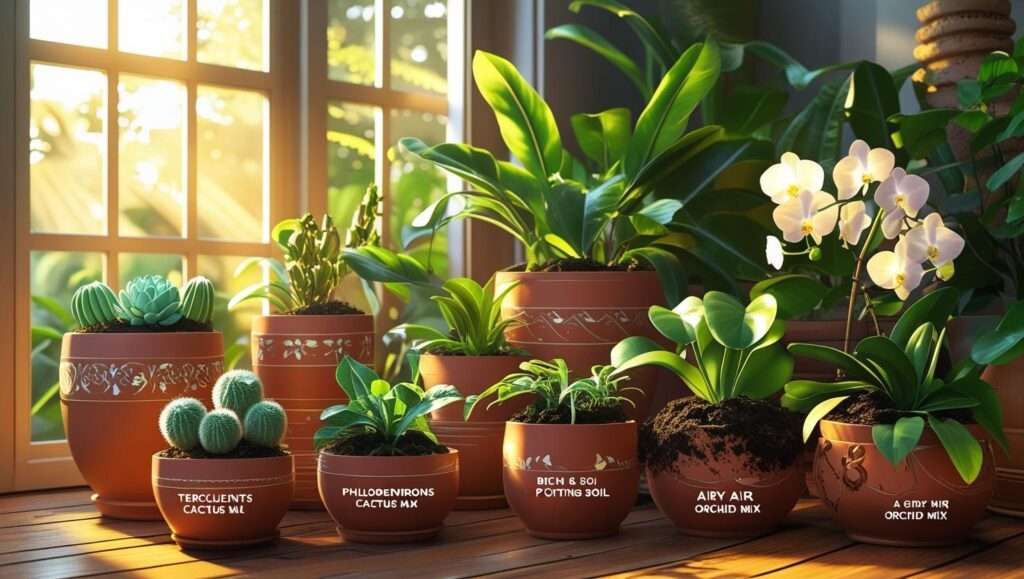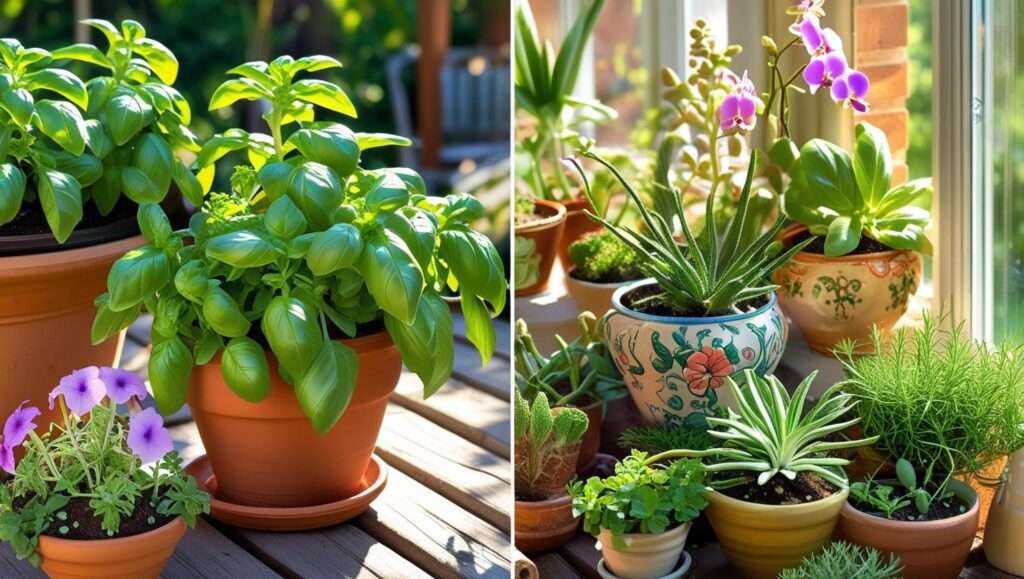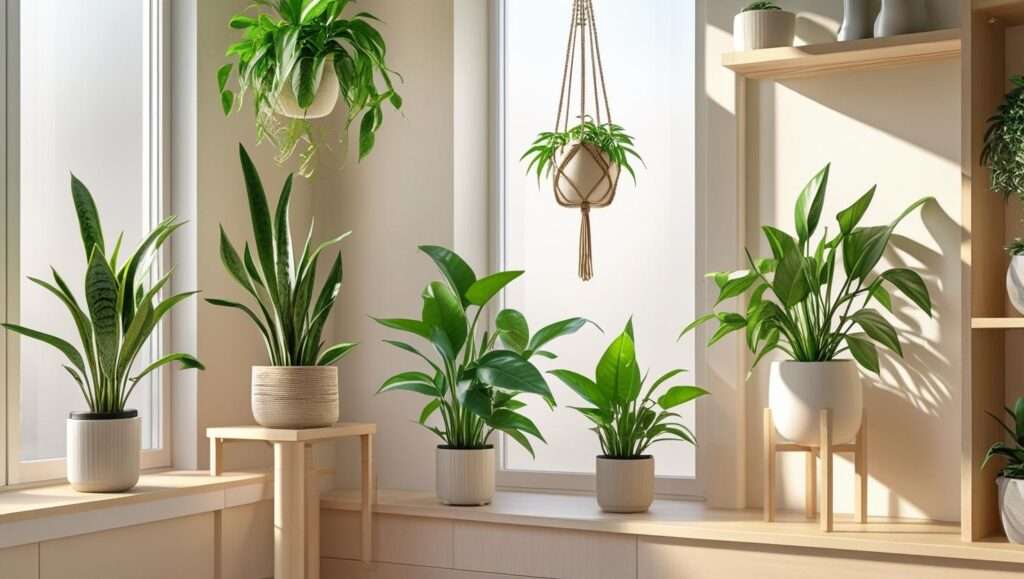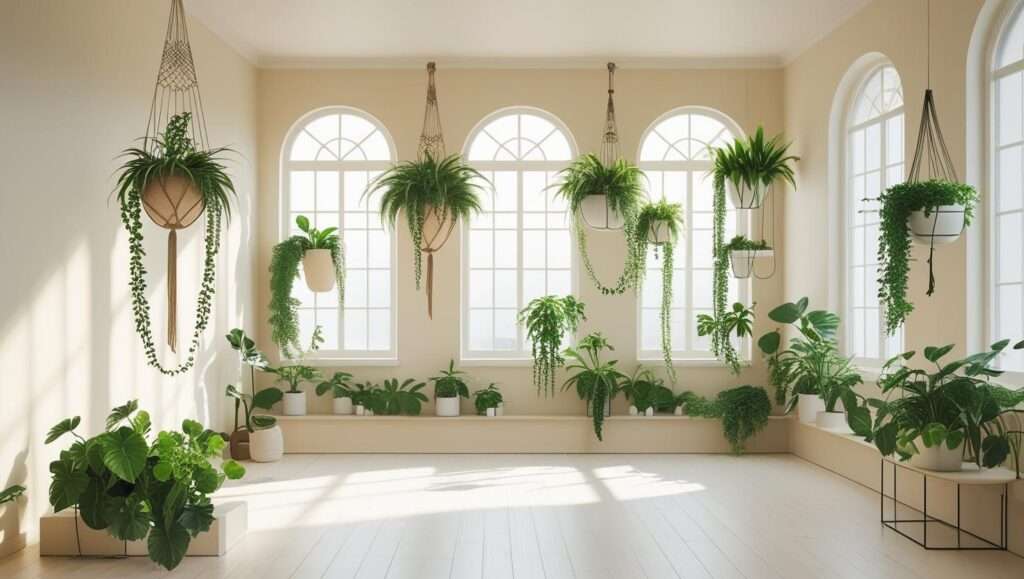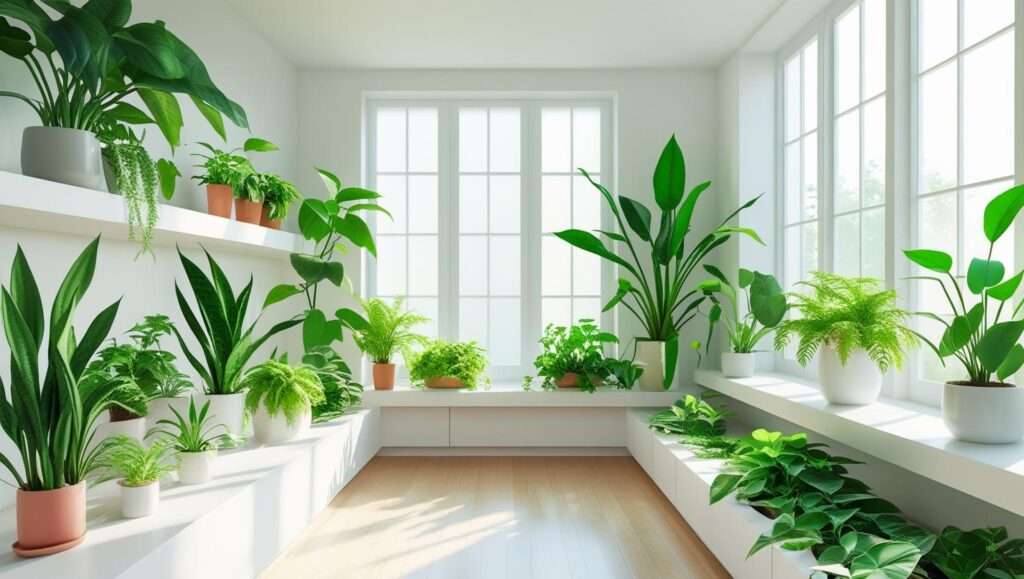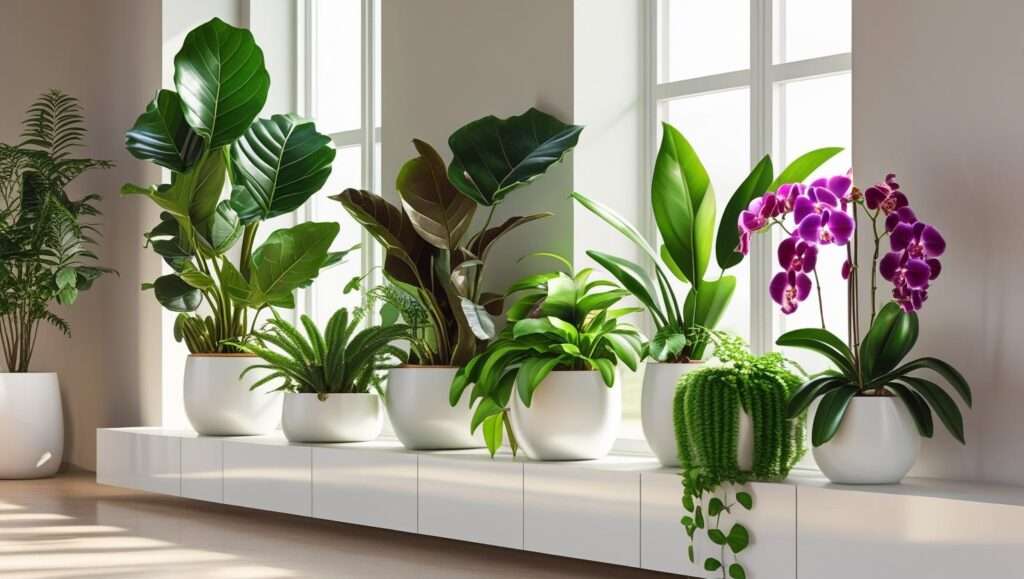Picture this: your once-lush monstera is drooping, its leaves yellowing despite your best efforts. You water it faithfully, but something’s missing. The secret to reviving your houseplants lies in one key element: indoor plant food. Proper nutrition can transform lackluster foliage into vibrant, thriving greenery. Whether you’re a seasoned plant parent or a beginner, understanding how to feed your indoor plants is crucial for their health and longevity. In this comprehensive guide, we’ll share expert-backed strategies, science-based insights, and practical tips to help you choose and use indoor plant food effectively. Drawing on decades of horticultural expertise and research from leading agricultural institutions, this article will empower you to nurture flourishing houseplants.
Why Indoor Plant Food Matters for Healthy Houseplants

The Science of Plant Nutrition
Indoor plants rely on nutrients to thrive, just like humans need a balanced diet. The three primary macronutrients—nitrogen (N), phosphorus (P), and potassium (K)—form the backbone of plant health. Nitrogen promotes lush, green foliage; phosphorus supports root development and flowering; and potassium enhances overall resilience. Micronutrients like magnesium, calcium, and iron play supporting roles, ensuring vibrant colors and robust growth. Unlike outdoor plants, which can draw nutrients from soil ecosystems, indoor plants depend on you to replenish their limited potting medium. According to Dr. Linda Chalker-Scott, a horticulturist at Washington State University, “Indoor plants often face nutrient deficiencies due to restricted root systems and limited soil volume, making fertilization essential.”
Common Signs Your Plants Need Feeding
Spotting nutrient deficiencies early can save your plants from decline. Look for these telltale signs:
- Yellowing leaves: Often indicates nitrogen deficiency.
- Stunted growth: May signal low phosphorus or potassium.
- Pale or dull foliage: Could point to a lack of micronutrients like iron or magnesium.
- Lack of blooms: Common in flowering plants needing more phosphorus.
| Symptom | Possible Deficiency | Solution |
|---|---|---|
| Yellowing lower leaves | Nitrogen | Use a high-nitrogen fertilizer (e.g., 20-10-10) |
| Weak stems, no flowers | Phosphorus | Apply a bloom-boosting formula (e.g., 10-20-10) |
| Leaf edge burn | Potassium | Choose a balanced or high-potassium feed |
| Pale leaves, slow growth | Iron/Magnesium | Add a micronutrient supplement or Epsom salt |
Expert Insight: “Regular feeding mimics the natural nutrient cycle plants would experience outdoors,” says Dr. James Wong, a botanist and author. “Without it, indoor plants can’t reach their full potential.”
Types of Indoor Plant Food: Which Is Best for Your Plants?
Liquid Fertilizers
Liquid fertilizers are a go-to for many plant enthusiasts due to their versatility. These water-soluble solutions deliver nutrients quickly, making them ideal for plants in active growth phases (spring and summer). They’re easy to dilute and apply, allowing precise control. However, they require frequent application—typically every 1–2 weeks—and overapplication can lead to nutrient burn. Best for: Ficus, pothos, and other fast-growing houseplants. Popular options include Miracle-Gro Indoor Plant Food (20-20-20) and Schultz All-Purpose Liquid Plant Food.
Granular or Slow-Release Fertilizers
Granular or slow-release fertilizers offer convenience for busy plant owners. These pellets or spikes release nutrients gradually over weeks or months, reducing the need for frequent applications. They’re less likely to cause over-fertilization but may deliver slower results. Best for: Low-maintenance plants like snake plants, ZZ plants, or succulents. Osmocote Smart-Release Plant Food is a reliable choice for consistent feeding.
Organic vs. Synthetic Plant Food
Organic fertilizers, derived from natural sources like fish emulsion or compost, appeal to eco-conscious gardeners. They enrich soil microbiology and are gentler on plants but may have a slower release rate. Synthetic fertilizers, like Jack’s Classic, offer precise NPK ratios and faster results but can build up salts in soil over time. Comparison:
- Organic: Sustainable, improves soil health, slower-acting (e.g., Espoma Organic Indoor Plant Food).
- Synthetic: Precise, fast-acting, requires careful application to avoid overuse.
| Type | Pros | Cons | Top Brands |
|---|---|---|---|
| Organic | Eco-friendly, improves soil | Slower results, potential odor | Espoma, Neptune’s Harvest |
| Synthetic | Fast-acting, precise ratios | Risk of salt buildup | Miracle-Gro, Jack’s Classic |
Specialty Formulas for Specific Plants
Some plants demand tailored nutrition. Orchids thrive with high-phosphorus formulas (e.g., 10-30-20), while succulents need low-nitrogen feeds to prevent leggy growth. Ferns and calatheas benefit from balanced formulas with added micronutrients. Example: For orchids, try Better-Gro Orchid Plus; for cacti, use Schultz Cactus Plus (2-7-7).
Expert Tip: Visit a local nursery to find plant-specific fertilizers tailored to your collection.
How to Choose the Right Indoor Plant Food

Understanding NPK Ratios
The NPK ratio on fertilizer labels (e.g., 10-10-10) indicates the percentage of nitrogen, phosphorus, and potassium. A balanced 10-10-10 works for most houseplants, while a 20-10-10 boosts foliage, and a 10-20-10 encourages blooms. Beginners should start with a balanced formula and adjust based on plant response. For example, a peace lily may need a 10-20-10 during blooming season, while a monstera prefers a 20-10-10 for leaf growth.
Matching Plant Food to Your Plant’s Needs
Different plants have unique needs:
- Leafy plants (e.g., pothos, monstera): High nitrogen for foliage.
- Flowering plants (e.g., African violets, orchids): High phosphorus for blooms.
- Succulents/cacti: Low-nitrogen, balanced formulas to avoid overgrowth.
Checklist for Choosing Plant Food:
- Identify plant species and growth stage.
- Check light levels (low light = slower nutrient uptake).
- Assess pot size (smaller pots need less frequent feeding).
Environmental Factors to Consider
Light, humidity, and pot size influence how plants absorb nutrients. Low-light plants like snake plants use nutrients slowly, requiring less frequent feeding. High-humidity environments, ideal for calatheas, enhance nutrient uptake. Smaller pots deplete nutrients faster, so adjust feeding accordingly. In winter, reduce fertilization as most plants enter dormancy.
Case Study: Sarah, a plant enthusiast, revived her drooping pothos by switching to a 20-20-20 liquid fertilizer applied biweekly. Within a month, new leaves emerged, and the plant regained its vibrancy.
How to Use Indoor Plant Food Correctly
Step-by-Step Guide to Fertilizing Indoor Plants
- Dilute Properly: Follow package instructions (e.g., 1 tsp per gallon of water for liquid fertilizers).
- Water First: Moisten soil to prevent root burn.
- Apply Evenly: Pour around the base, avoiding leaves to prevent fungal issues.
- Monitor Response: Look for new growth or improved color within 1–2 weeks.
Common Mistakes to Avoid
- Over-fertilizing: Causes leaf burn or salt buildup. Solution: Flush soil with water and pause feeding for 4–6 weeks.
- Under-fertilizing: Leads to weak growth. Solution: Increase feeding frequency gradually.
- Using tap water: High chlorine or fluoride can interfere with nutrient uptake. Use distilled or rainwater if possible.
Creating a Feeding Schedule
A general schedule:
- Spring/Summer: Feed every 1–2 weeks during active growth.
- Fall/Winter: Feed monthly or pause for dormant plants.
Downloadable Resource: Create a plant care calendar to track feeding, watering, and repotting.
Expert Tip: Test soil pH (ideal range: 6.0–7.0) using a kit like Luster Leaf Rapitest for optimal nutrient absorption.
DIY Indoor Plant Food Recipes for Budget-Conscious Gardeners

Compost Tea
Recipe: Steep 1 cup of compost in 1 gallon of water for 24–48 hours, strain, and dilute 1:10 with water.
Benefits: Organic, rich in micronutrients, improves soil health.
Use: Apply every 2 weeks during growing season.
Banana Peel Fertilizer
Recipe: Soak 2–3 banana peels in 1 quart of water for 2–3 days, strain, and use as a liquid feed.
Benefits: High in potassium, promotes flowering and root health.
Use: Ideal for flowering plants like peace lilies.
Epsom Salt Solution
Recipe: Mix 1 tsp Epsom salt per gallon of water, apply monthly.
Benefits: Boosts magnesium, enhances leaf color, and aids photosynthesis.
Use: Great for magnesium-deficient plants like ferns.
Safety Note: Test DIY recipes on one plant first to avoid adverse reactions.
Troubleshooting Common Indoor Plant Food Problems
Over-Fertilization Recovery
Over-fertilizing is a common mistake that can harm your plants, leading to symptoms like leaf burn, white crusty buildup on soil, or wilting despite adequate water. To recover:
- Flush the Soil: Run distilled water through the pot for 5–10 minutes to wash out excess salts. Ensure proper drainage to avoid root rot.
- Pause Feeding: Stop fertilizing for 4–6 weeks to allow the plant to stabilize.
- Monitor Recovery: Look for new growth or greener leaves within 2–3 weeks as signs of improvement.
If the damage is severe, consider repotting with fresh, well-draining soil. According to the University of California Agriculture and Natural Resources, over-fertilization is one of the top causes of indoor plant decline, but prompt action can often reverse the damage.
Addressing Nutrient Lockout
Nutrient lockout occurs when plants can’t absorb nutrients due to factors like improper soil pH or compacted soil. Common causes include:
- pH Imbalance: Most indoor plants thrive in a pH range of 6.0–7.0. Test soil with a kit like the Sonkir Soil pH Meter.
- Poor Soil Aeration: Compacted soil restricts root access to nutrients.
- Excess Salts: Buildup from synthetic fertilizers can block uptake.
Solutions:
- Adjust pH using lime (to raise) or sulfur (to lower), following product guidelines.
- Aerate soil by gently loosening it with a fork or repotting.
- Flush soil to remove salt buildup, then switch to a gentler fertilizer like fish emulsion.
When Plants Don’t Respond to Feeding
If your plant shows no improvement after feeding, other issues may be at play. Use this checklist:
- Pests: Check for spider mites, aphids, or mealybugs under leaves.
- Light Issues: Ensure the plant gets adequate light (e.g., bright indirect light for monstera).
- Root Health: Inspect for root rot, indicated by mushy or black roots.
- Watering Problems: Overwatering or underwatering can mimic nutrient deficiency.
For persistent issues, use a plant diagnostic app like Plantix or consult your local cooperative extension service. Dr. Susan Jones, a plant pathologist at Cornell University, notes, “Nutrient issues are often misdiagnosed when environmental factors like light or water are the real culprits.”
Expert Insight: “Always rule out non-nutrient issues before adjusting your fertilization routine,” advises Jones. “A holistic approach ensures long-term plant health.”
Sustainable and Eco-Friendly Indoor Plant Food Practices

Choosing Sustainable Brands
Eco-conscious plant care is gaining traction as gardeners seek to minimize their environmental footprint. Look for brands with sustainable practices, such as:
- Organic Certifications: Products like Espoma Organic Indoor Plant Food are certified by OMRI (Organic Materials Review Institute).
- Eco-Friendly Packaging: Brands like Jobe’s Organics use recyclable or biodegradable containers.
- Low-Impact Ingredients: Avoid fertilizers with synthetic chemicals that contribute to waterway pollution.
For example, Neptune’s Harvest Fish & Seaweed Fertilizer is made from renewable marine sources and supports soil microbial health, making it a favorite among sustainable gardeners.
Reducing Waste in Plant Care
Sustainable plant care extends beyond fertilizer choice. Try these tips:
- Reuse Containers: Repurpose old jars or bottles for mixing DIY fertilizers.
- Compost Plant Waste: Turn dead leaves or pruned stems into compost for homemade plant food.
- Minimize Runoff: Use saucers to catch excess water and nutrients, preventing waste.
Supporting Local Ecosystems
Sourcing materials locally can reduce your carbon footprint. Visit community gardens or local compost facilities to obtain organic matter for DIY fertilizers. Supporting local nurseries also ensures you’re getting plant food suited to your region’s climate and soil conditions. For example, a gardener in a humid climate might benefit from a low-nitrogen formula to prevent fungal growth.
Case Study: Maria, a Seattle-based plant enthusiast, switched to organic compost tea sourced from a local farm. Her collection of ferns and calatheas flourished, and she reduced her reliance on synthetic fertilizers, cutting her gardening costs by 30%.
FAQs About Indoor Plant Food
Q1: How often should I fertilize my indoor plants?
A: Most indoor plants need feeding every 1–2 weeks during spring and summer, and monthly (or not at all) in fall and winter. Adjust based on plant type and growth stage.
Q2: Can I use outdoor plant food for indoor plants?
A: Outdoor fertilizers are often too concentrated for indoor use and may lack micronutrients suited for potted plants. Stick to formulas labeled for indoor plants, like Miracle-Gro Indoor Plant Food.
Q3: What’s the best indoor plant food for beginners?
A: A balanced liquid fertilizer (e.g., 10-10-10) like Schultz All-Purpose is beginner-friendly due to its ease of use and versatility across plant types.
Q4: Is it possible to overfeed my plants?
A: Yes, overfeeding can cause leaf burn, salt buildup, or root damage. Always follow package instructions and flush soil if symptoms appear.
Q5: Are DIY plant foods as effective as store-bought ones?
A: DIY options like compost tea or banana peel fertilizer can be effective for providing specific nutrients but may lack the balanced NPK ratios of commercial products. Use them as supplements alongside store-bought fertilizers for best results.
Mastering indoor plant food is the key to transforming your houseplants from surviving to thriving. By understanding nutrient needs, choosing the right fertilizer, and applying it correctly, you can cultivate a vibrant indoor jungle. Whether you opt for liquid fertilizers, slow-release granules, or eco-friendly DIY recipes, consistency and care are paramount. Avoid common pitfalls like over-fertilizing, and embrace sustainable practices to nurture both your plants and the planet. Ready to see your plants flourish? Assess their needs, pick a trusted plant food, and start feeding today. Share your success stories in the comments below, and join our plant care community for more expert tips!

